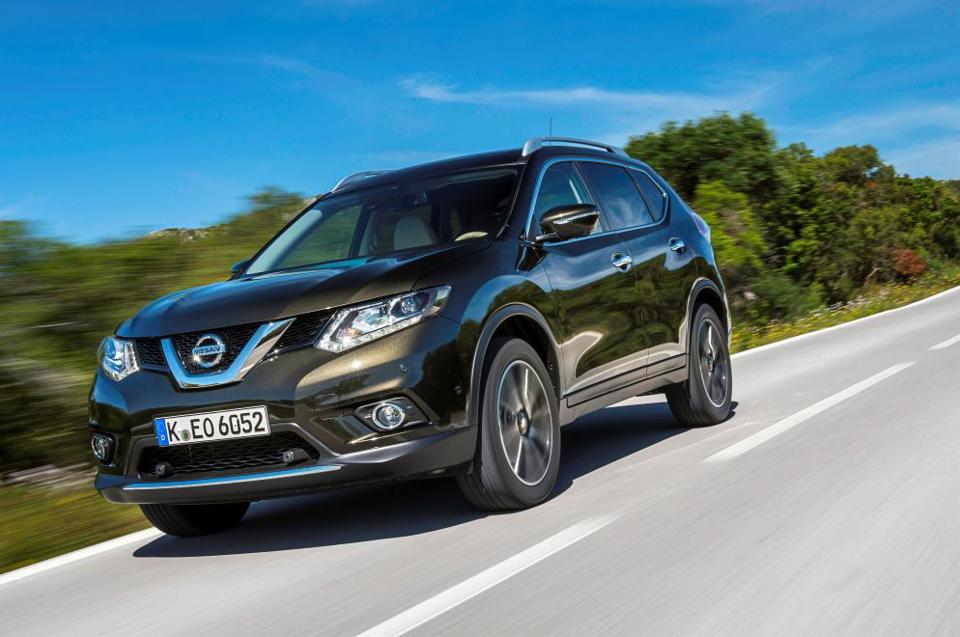The new Nissan X-Trail will retain 53% of its value after three years/30,000 miles, a 9% increase on the outgoing X-Trail, according to latest data from residual value (RV) setters CAP.
With residual values now in line with the new Qashqai, the RVs place the new X-Trail ahead of key competitors in the crossover/SUV category, making the X-Trail an attractive proposition for fleet managers.
The new £24,795 X-Trail Acenta 2WD five-seater manual now has an RV of 52% or £12,800 after three years, meaning that the new X-Trail is set to retain approximately £2,000 more over its first three years of life compared to its outgoing equivalent, a 9% increase.
The increase in residual value has had a positive contribution on the X-Trail’s WLCs with the new version now 10% less to run on a pence-per-mile basis when compared with the outgoing model – 99 pence per mile vs. 110 pence per mile (outgoing model).
Barry Beeston, Nissan GB corporate sales director, said: “Alongside the recently launched Qashqai, the new X-Trail is a strong prospect for fleet managers looking to reduce their running costs and maximise their investment during the vehicle’s lifecycle.
“Not only will owners get more value for their new X-Trail after three years, but the associated benefit is a significant reduction in wholelife costs too – up to 10% better versus its predecessor.
“The new X-Trail is fitted with an impressive list of safety and technology features as standard, while the striking design and the fact that it’s been completely redesigned from the ground up means it now caters to a much broader range of customers than before – including those buyers in the traditional D segment.
“As a result of the uplift in RVs for new X-Trail, Nissan’s latest crossover is now more economical to own and run and will build on Nissan’s reputation for producing stylish, spacious, safe and economical crossover vehicle.”
The new X-Trail launches with an advanced dCi 130 turbodiesel powerplant, capable of delivering combined fuel consumption of 57.6mpg while emitting 129g/km CO2.


















Harpreet s Sidhu - 20/06/2014 18:15
When will x trail come to india ,I am waiting for this suv from months.